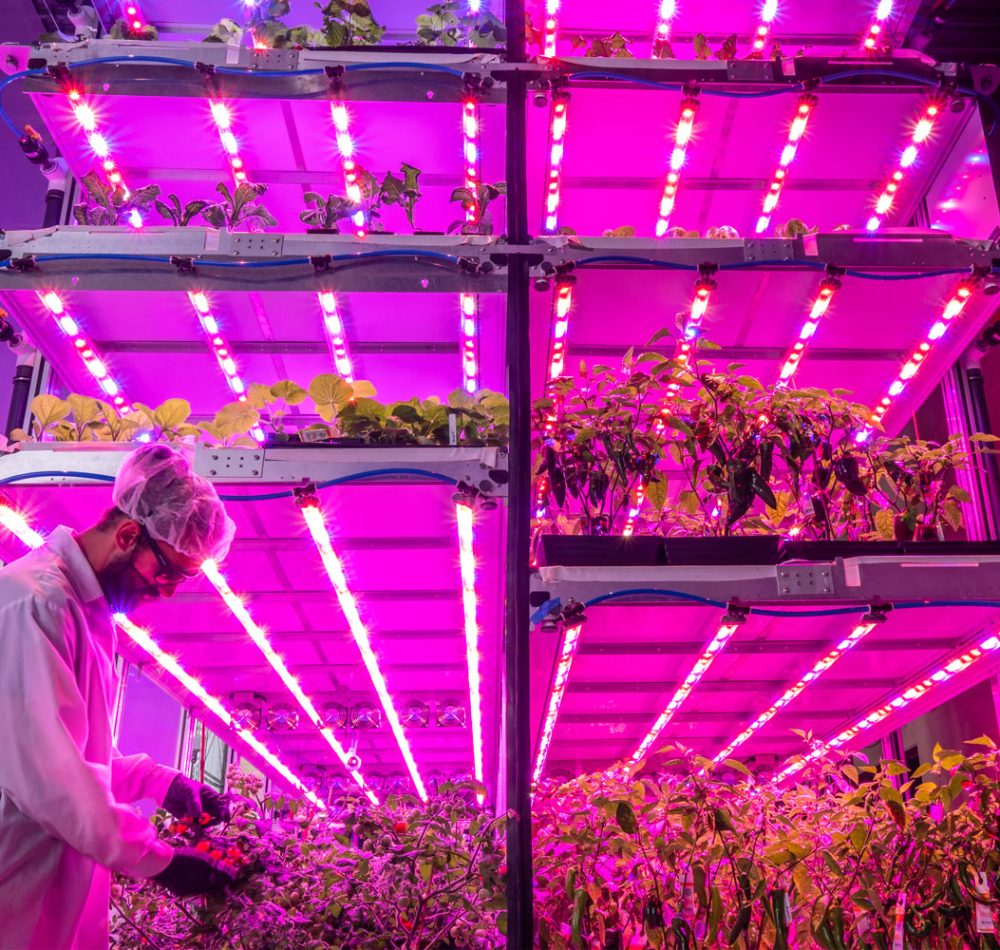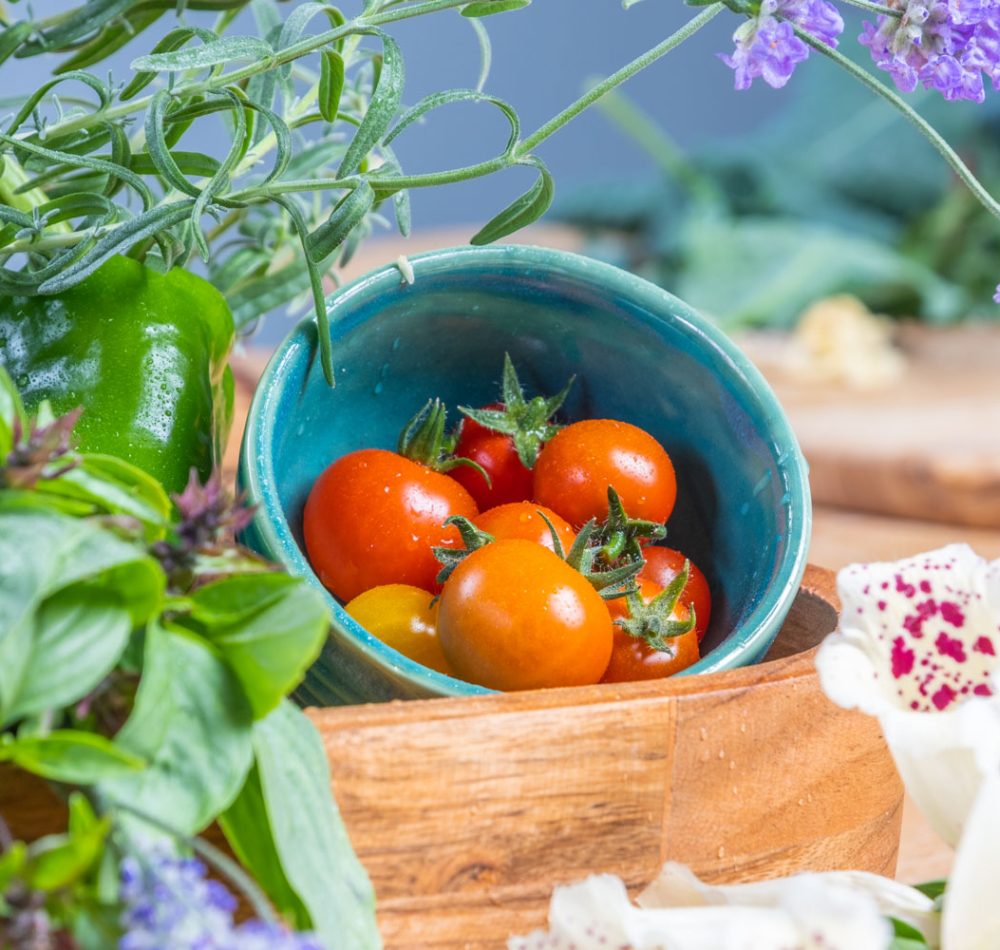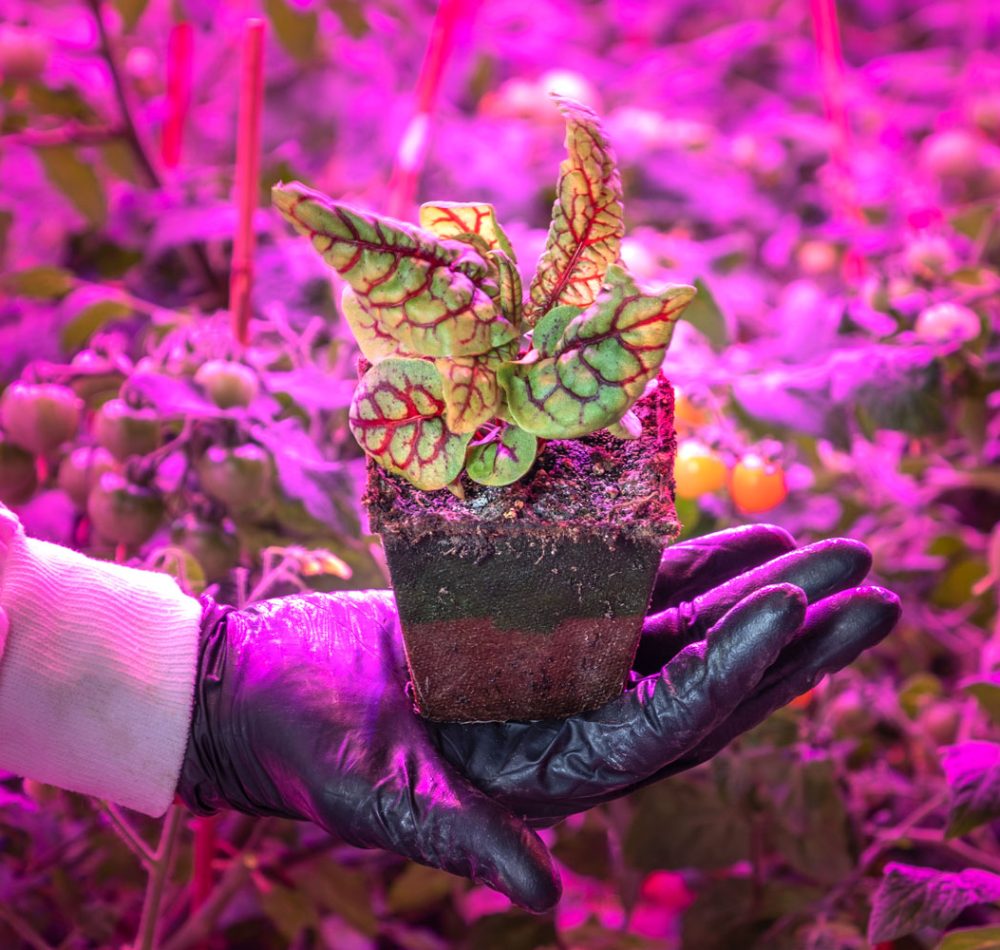sustainable farming
Vertical farming supplements traditional farming while embedding sustainability in agricultural practices.
Producing fresh greens and vegetables close to these growing urban populations could help meet growing global food demands in an environmentally responsible and sustainable way by reducing distribution chains to offer lower emissions, providing higher-nutrient produce, and substantially reducing water usage and runoff. Sustainability is core to our mission to feed the world!
Farming
Technology



